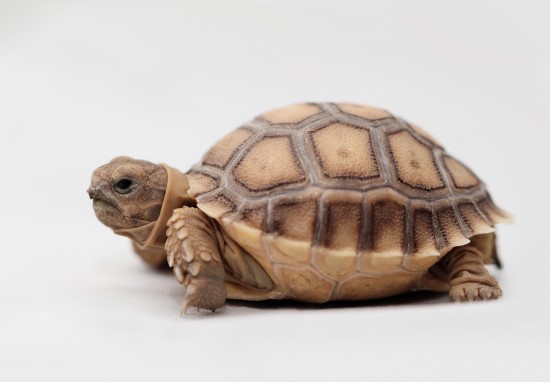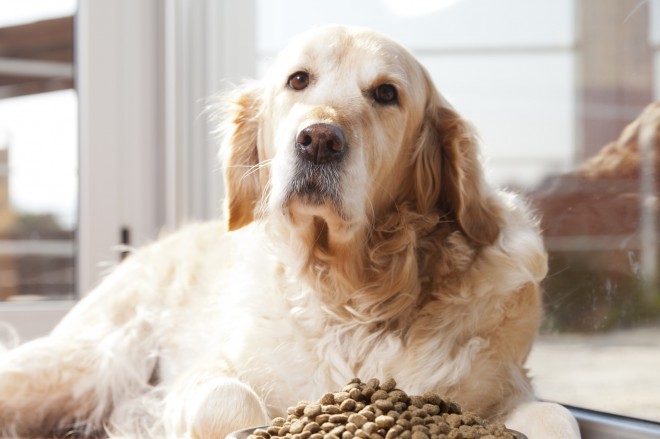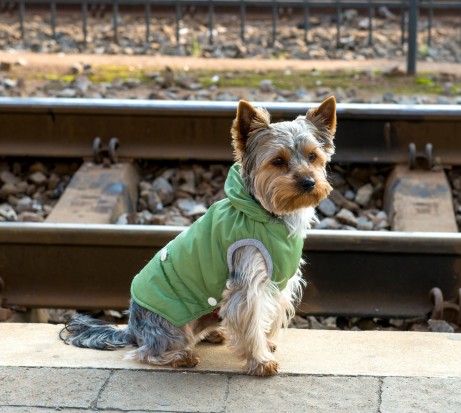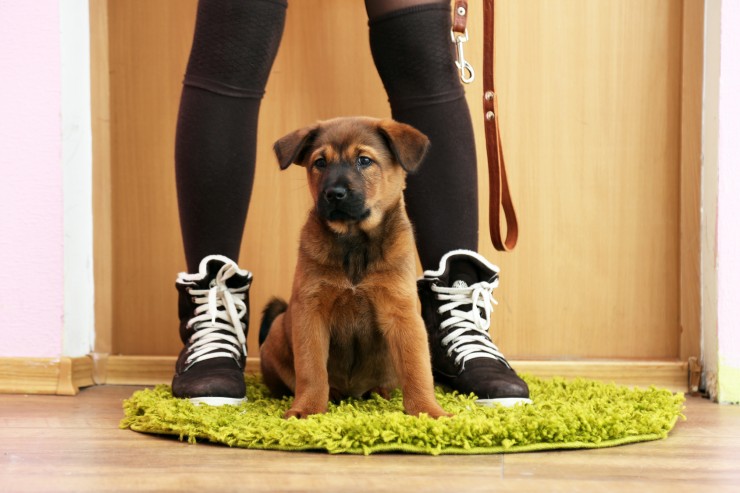Like young children, puppies are accident prone, some more than others, males ore than females. As they become bolder and more explorative, adolescent dogs get into all kinds of scrapes. By the time they reach maturity, however, all of them will have learned to recognize their physical limitations. In spite of their worldly wisdom, there are simply too many hazards in modern life to remain completely immune from accidental injuries.
A few notions of first aid may save your dogs life. First of all, size up the situation and decide what needs to be done. Talk to your dog constantly in a reassuring tone of voice. He will know instinctively that you are trying to help him and will usually be co-operative. The most common ailments requiring first aid are wounds and bites.
The gravity of a wound depends on its location, its type and its importance. Minor, superficial cuts usually heal rapidly with first aid care. Body wounds may require stitching by the vet, as do head wounds of any importance. Any wounds involving an artery require urgent veterinary attention and immediate first aid in order to control the bleeding in the meantime.
Bleeding from a wound comes either from a vein (in which case the blood flow is dark red in a steady flow and can be stopped by applying pressure with a tight bandage or your fingers). Capillary blood vessels near the skin surface can also cause bleeding, usually the result of a bruise. A sufficiently large gauze pad, dampened to prevent it from sticking, can be used to apply pressure over this wound. Lastly, bleeding form an artery is the worst type of wound.
Bleeding form an artery spurts out in rhythm with the heartbeat is bright red, and is stopped by direct pressure on the bleeding area with a clean cloth or an ice pack. Arterial bleeding can also be stopped with a tourniquet placed between the wound and the heart. Use a soft, strong strip of cloth, a necktie, or a handkerchief tied tightly enough to stop the bleeding, and release it for one minute in every 10 minutes, while you rush your dog to the vet.
Dog and cat bites should be treated like puncture wounds, washing them with soap and water, pouring in antiseptic, and checking for signs of infection which would call for an antibiotic or penicillin injection by the vet. If the biter was a stray, wild, or unknown animal, take your dog to the vet at once for precautionary protection against rabies. For any puncture wound you should wash the puncture all the way to the bottom. This is best done by the vet who can anesthetize the dog or at least restrain him during this painful process.
All ordinary wounds should first be examined and any foreign matter removed. If the wound is dirty, you may let it bleed for a moment, then wash it thoroughly with mild soap and water. Wipe or sponge it dry and apply an antiseptic, such as:
- mercurochrome (good for bruises and minor cuts)
- 3 percent hydrogen peroxide (recommended for deep cuts, since it foams on contact with flesh and helps clean the wound)
The majority of minor cuts need no more treatment than this, not even a bandage. Your dig will lick it, which will keep it clean, and it will heal rapidly. If there is redness and swelling, the wound is infected and you should take your dog to the vet for an antibiotic or penicillin injection.

 Health And Care Of A Hairless Chinese Crested Dog
Health And Care O
Health And Care Of A Hairless Chinese Crested Dog
Health And Care O
 Keeping African Sulcata Tortoises As Pets
Keeping African S
Keeping African Sulcata Tortoises As Pets
Keeping African S
 Five Canine Health Conditions That Can Be Helped Or Hindered By Their Food
Five Canine Healt
Five Canine Health Conditions That Can Be Helped Or Hindered By Their Food
Five Canine Healt
 Train Travel And Dogs
Train Travel And
Train Travel And Dogs
Train Travel And
 Signs Puppy Needs To Go To The Bathroom
Signs Puppy Needs
Signs Puppy Needs To Go To The Bathroom
Signs Puppy Needs